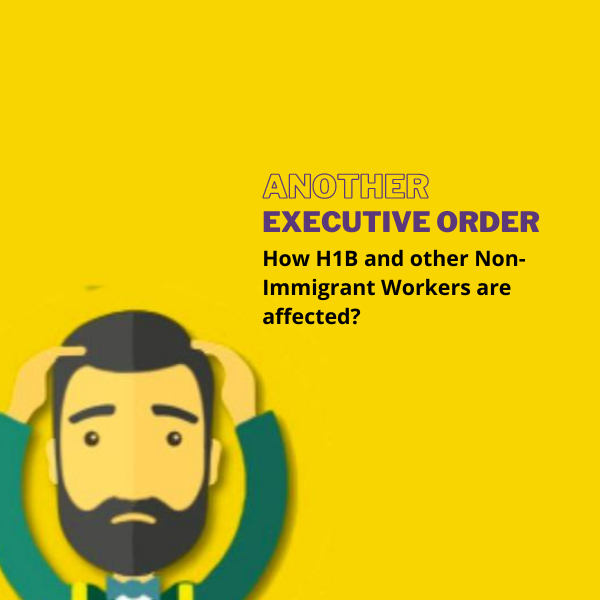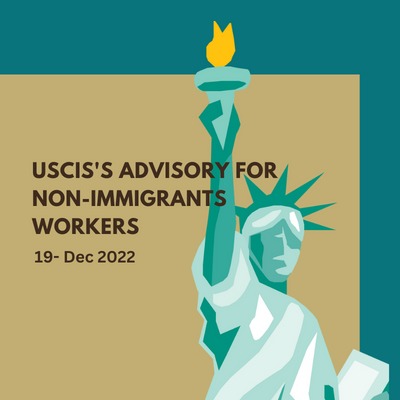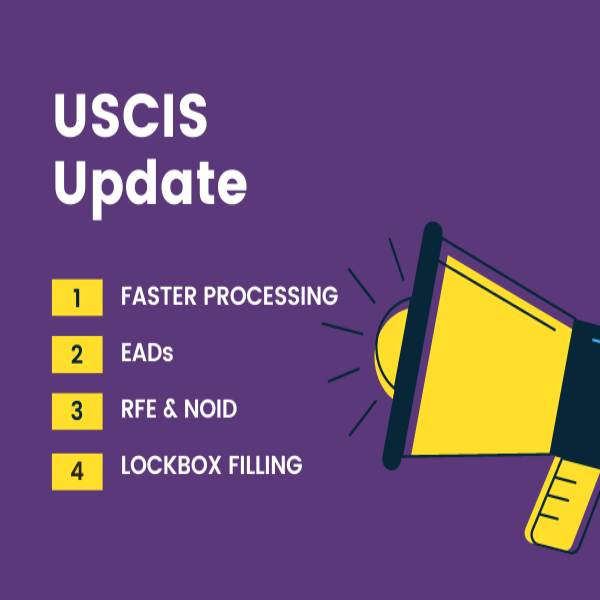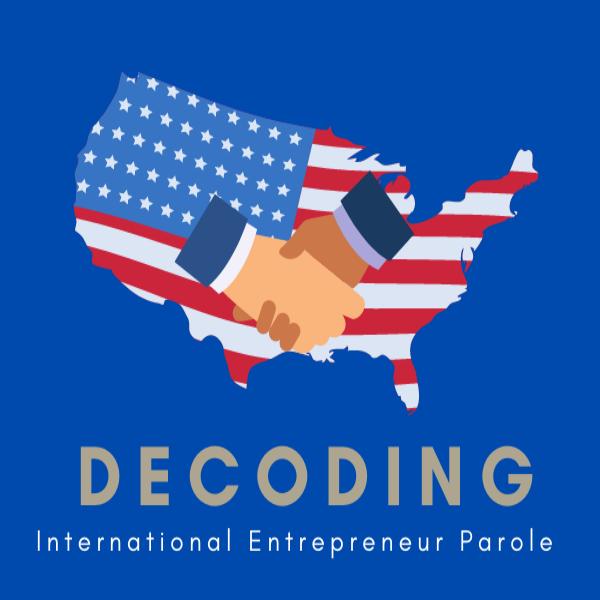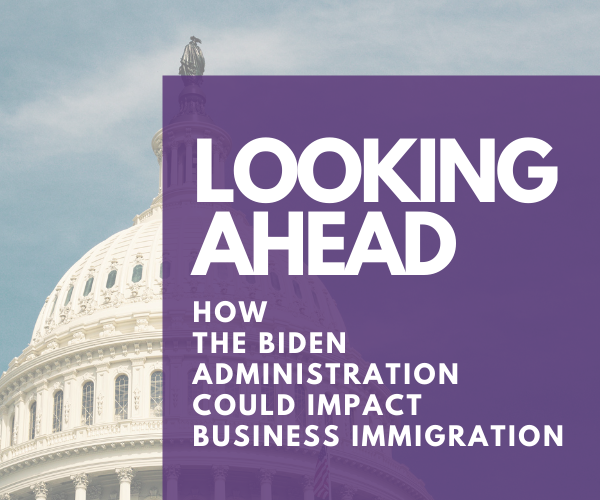President Trump has issued a new executive order on August 3, 2020, titled, “Executive Order on Aligning Federal Contracting and Hiring Practices With the Interests of American Workers.” The Order has asked federal agencies to conduct an audit about the hiring practices of their contractors (including subcontractors) regards to the use of foreign workers and whether the use of any such workers adversely affected American workers.
The audit is to be conducted for fiscal years 2018 and 2019 and the head of each federal agency is required to submit a report summarizing their findings within 120 days of the date of the Executive Order. While conducting this audit, the head of each agency has to look into:
A. Whether contractors and subcontractors used temporary foreign labour for contracts in the US and if they did whether American workers were adversely affected
B. Whether contractors offshored work that was previously conducted in the US and whether such offshoring adversely affected American workers
C. Whether there was a negative impact on the economy and national security as a result of hiring foreign labour
D. “the employment policies of the agency to assess the agency’s compliance with Executive Order 11935 of September 2, 1976 (Citizenship Requirements for Federal Employment), and section 704 of the Consolidated Appropriations Act, 2020, Public Law 116-93.”
The Order further states, “Within 45 days of the date of this order, the Secretaries of Labor and Homeland Security shall take action, as appropriate and consistent with applicable law, to protect United States workers from any adverse effects on wages and working conditions caused by the employment of H-1B visa holders at job sites (including third-party job sites), including measures to ensure that all employers of H-1B visa holders, including secondary employers, adhere to the requirements of section 212(n)(1) of the Immigration and Nationality Act (8 U.S.C. 1182(n)(1)).”
Let’s take a closer look at section 212(n)(1) of the Immigration and Nationality Act. Besides other laws, it also states the requirements employers have to fulfil in order to employ H-1B workers such as:
- “the employer did not displace and will not displace a United States worker . . . employed by the employer within the period beginning 90 days before and ending 90 days after the date of filing of any visa petition supported by the application”;
- the employer “has taken good-faith steps to recruit, in the United States using procedures that meet industry-wide standards and offering compensation that is at least as great as that required to be offered to H-1B nonimmigrants. United States workers for the job for which the nonimmigrant or nonimmigrants is or are sought”; and
- the employer “has offered the job to any United States worker who applies and is equally or better qualified for the job for which the nonimmigrant or nonimmigrants is or are sought.”
But, it also contains certain exemptions, such as:
(A) For purposes of this subsection, the term “H-1B-dependent employer” means an employer that:
(i) has 25 or fewer full-time equivalent employees who are employed in the United States; and (II) employs more than 7 H-1B nonimmigrants;
(ii) (I) has at least 26 but not more than 50 full-time equivalent employees who are employed in the United States; and (II) employs more than 12 H-1B nonimmigrants; or
(iii) (I) has at least 51 full-time equivalent employees who are employed in the United States; and (II) employs H-1B nonimmigrants in a number that is equal to at least 15 per cent of the number of such full-time equivalent employees.
(B) For purposes of this subsection :
(i) the term “exempt H-1B nonimmigrant” means an H-1B nonimmigrant who–
(I) receives wages (including cash bonuses and similar compensation) at an annual rate equal to at least $60,000; or
(II) has attained a master’s or higher degree (or its equivalent) in a speciality related to the intended employment; and
(ii) the term “nonexempt H-1B nonimmigrant” means an H-1B nonimmigrant who is not an exempt H-1B nonimmigrant.
What does this mean? An H-1B-dependent employer or an employer that has employed only exempt H-1B workers on a Labor Condition Application (LCA) is not required to fulfil the additional obligations which they would otherwise be required to comply with, namely non-displacement, recruitment, and hiring. This statue could mean that a lot of highly-skilled H-1B employees in the IT sector would be exempt because an IT position is very likely to pay above $60,000 in wages and many of these H-1B workers have a master’s degree.
The interpretation of this statue is going to be an important factor as this Executive Order was prompted due to the decision of federally-owned Tennessee Valley Authority to lay off information technology workers and outsource services to contractors in June 2020. President Trump had called this decision, “disastrous and heartless.”
While this new Executive Order doesn’t impose any new immigration restrictions but asking the Secretaries of Labor and Homeland Security to take action could pave the way for future restrictions on the hiring of H-1B and other nonimmigrant workers.
It is important to note that the President remarked, ” As we speak, we’re finalizing H1-B regulations so that no American worker is replaced ever again. H1-Bs should be used for the top, highly paid talent to create American jobs, not as inexpensive labour program to destroy American jobs.” while signing the Order. The new Memorandum of Agreement (MOA) between the Department of Labor and the Department of Homeland Security through the U.S. Citizenship and Immigration Services (USCIS) was also mentioned. While it is not public yet, the news release by DOL stated that, “Under this MOA, the Departments will provide access and share information about immigrant and nonimmigrant petition records and data contained within the Office of Foreign Labor Certification’s labour certification and labour condition application databases. Most critically, the MOA establishes processes by which USCIS will refer suspected employer violations within the H-1B program to the Department of Labor that USCIS identifies in the course of adjudicating petitions …”
There has been widespread speculation regarding what will happen after 45 days. We foresee additional challenges for employers to hire H-1B workers as well as increased DOL and DHS audits and investigations. If you are an affected federal contractor or subcontractor, it would help to make sure your immigration application and LCA information is maintained accurately and is up-to-date. We would also suggest getting legal help to be better prepared for what’s about to happen.
In the past couple of months, there have been several employment-based immigration restrictions. We recommend foreign workers in the US as well as staffing firms and companies that rely on highly-skilled H1-B and other nonimmigrant workers to seek legal counsel. You may need help to onboard the workers whose visas have been approved but with the new restrictions, there may be some hiccups or you may need help to just navigate the fast-changing landscape of immigration laws. Please contact our law offices as we would be happy to help.

